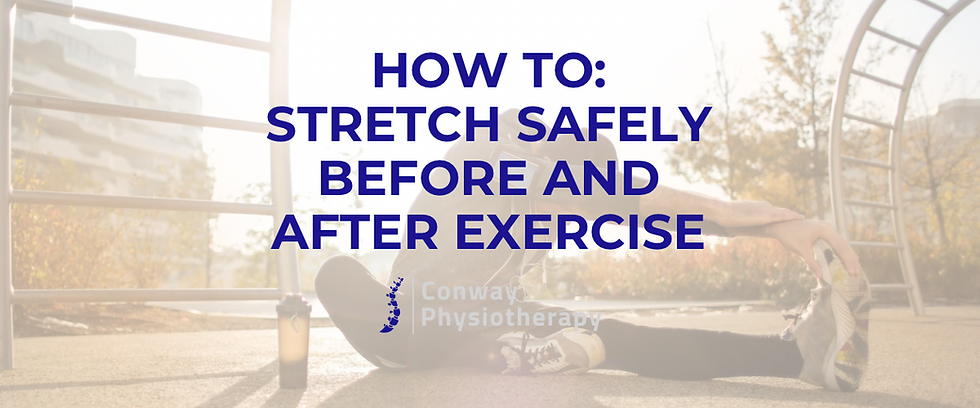
How to: Manage Chronic Pain Without Medication: Evidence-Based Approaches
- josh1188
- Jun 8
- 2 min read
How to: Manage Chronic Pain - Without Medication: Evidence-Based Approaches
Chronic pain affects millions of people worldwide and can significantly impact daily life. While medication can offer relief, long-term use often comes with side effects. Fortunately, there are proven non-drug strategies that help manage chronic pain effectively. Here’s how.
⸻
1. Exercise and Movement
Why it works: Regular physical activity reduces inflammation, improves tissue health, and retrains the nervous system to respond more appropriately to pain.
Evidence: A 2020 Cochrane Review found that exercise significantly reduces pain and improves function in people with chronic low back pain. Leading guidelines recommend it as a first-line treatment.
What to try: Start with low-impact activities like walking or swimming. Physiotherapists can design personalized programs to build strength and mobility gradually.
⸻
2. Pain Neuroscience Education
Why it works: Understanding how pain works helps reduce fear and shifts how people perceive chronic pain, often lowering its intensity.
Evidence: A 2016 meta-analysis (Journal of Physiotherapy) confirmed that education improves pain and movement in chronic pain patients.
What to try: Read resources like Explain Pain or watch educational videos on persistent pain (https://youtu.be/C_3phB93rvI?si=PZHv8H08mvEntksY).
Ask your physiotherapist about pain education sessions.
⸻
3. Manual Therapy
Why it works: Hands-on techniques such as mobilization and soft tissue therapy can temporarily reduce pain and improve movement.
Evidence: A 2017 review in Journal of Manual & Manipulative Therapy supports manual therapy as a complement to exercise in treating musculoskeletal pain.
What to try: Incorporate manual therapy into your rehab plan, but always combine it with active movement for longer-term benefits.
⸻
4. Mind-Body Techniques
Why it works: Stress and emotions influence pain. Techniques like mindfulness and cognitive behavioural therapy (CBT) reduce the brain’s pain response.
Evidence: A 2016 JAMA study showed mindfulness can be more effective than medication for back pain. CBT is recommended by both the NHS and CDC for chronic pain.
What to try: Practice mindfulness, guided meditation, or explore CBT through a mental health professional or online tools.
⸻
5. Sleep and Lifestyle
Why it works: Poor sleep and high stress can amplify pain. Optimizing sleep and stress management supports the nervous system’s recovery.
Evidence: Sleep studies show that even one night of poor sleep increases pain sensitivity. Chronic stress is known to worsen pain perception.
What to try: Aim for 7–9 hours of quality sleep, reduce screen time before bed, and include stress-reducing habits like nature walks or relaxation techniques.
⸻
6. Non-Invasive Tools
Why it works: Devices and techniques like TENS units, heat, or foam rolling can help manage symptoms and support active rehabilitation.
Evidence: TENS therapy has been shown to reduce pain intensity in chronic pain patients (Pain Management, 2020).
What to try: Use these tools during flare-ups or as part of a physiotherapy plan to manage pain while staying active.
⸻
Final Thoughts
Managing chronic pain without medication is possible through a combination of movement, education, stress management, and supportive tools. A physiotherapist can guide you with a tailored plan that addresses your specific condition and goals.
Ready to start? Book a consultation with our team to begin your journey toward long-term pain relief—naturally and effectively.




Comments